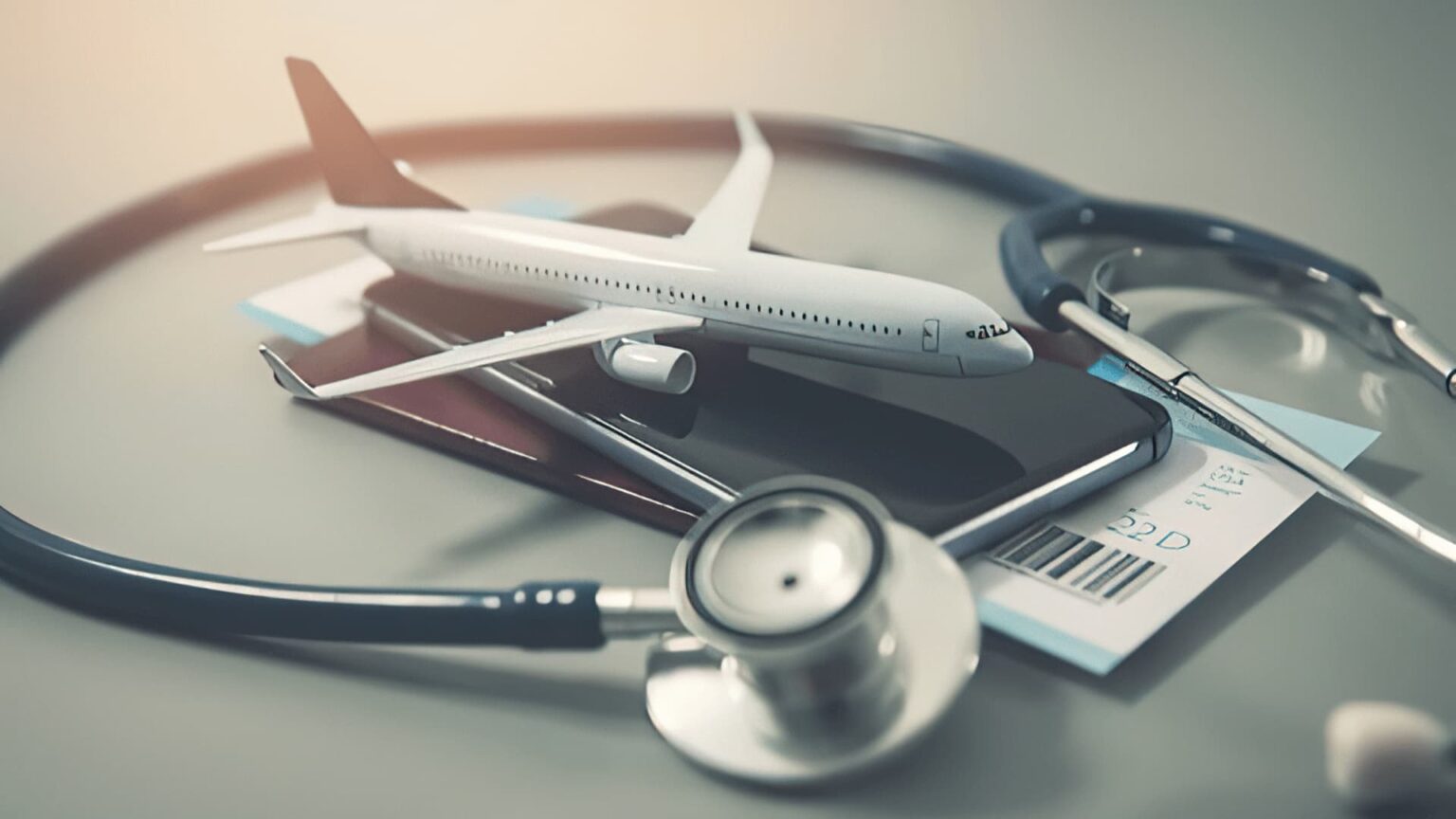- With untapped potential in private healthcare, skilled doctors, and a growing interest in medical care, South Africa is making its mark in providing top-notch healthcare services.
- Only 297 people came to South Africa for medical reasons in October 2023, less than 0.1 per cent of all visitors. Even though it seems small, it’s a sign that more people are choosing South Africa for specialized medical care.
- Medical tourism refers to travelling abroad for medical care or treatments not available at home or which are more expensive there than elsewhere.
South Africa is becoming a popular choice for people seeking medical treatment, not just for vacations. The South African medical industry has pioneered many ground-breaking surgeries and medical research, including the world’s first heart transplant and more recently, the world’s first middle-ear bone transplant using 3D printed components. The Southern African Development Community (SADC) recognizes the country for its excellent healthcare, and the numbers tell an interesting story.
According to Statistics South Africa’s (StatsSA) recent Tourism and Migration report, in October 2023, the majority of tourists, totaling 704,575 (96.4 per cent), were in South Africa for leisure, commonly categorized as holiday visits. A smaller percentage was observed for business (3.1 per cent), study (0.5 per cent), and medical treatment (less than 0.1 per cent).
Australasia led with 99.2 per cent of tourists visiting for holiday purposes, followed by North America (98.2 per cent), Europe (98.1 per cent), Central and South America (97.4 per cent), The Middle East (95.7 per cent), and Asia (93.6 per cent).
For those visiting for business reasons, Asia had the highest proportion at 5.3 per cent, followed by The Middle East (2.8 per cent), Central and South America (2.2 per cent), Europe (1.7 per cent), North America (1.6 per cent), and Australasia (0.7 per cent).
Medical tourism
Similarly, The Middle East led in tourists visiting for study (1.5 per cent), followed by Asia (1.1 per cent), Central and South America (0.4 per cent), Europe (0.2 per cent), North America (0.2 per cent), and Australasia (0.1 per cent).
People from nearby countries (SADC) mainly visit for a holiday (96.1 per cent). In contrast, those from ‘other’ African countries have more diverse reasons, including business, study, and notably, medical treatment (0.4 per cent).
West Africa, 0,5 per cent (18) had the highest proportion of tourists who came for medical treatment, followed by North Africa, 0,4 per cent (5) and East and Central Africa, 0,3 per cent (22). This shows that South Africa is gaining attention as a healthcare destination beyond its neighbouring countries.
Medical innovation
South Africa has consistently been at the forefront of groundbreaking medical advancements. The continual influx of both local and international individuals reflects the nation’s ongoing commitment to medical innovation.
Notably, South Africa achieved a historic milestone 35 years ago with the world’s first human heart transplant, a groundbreaking feat led by surgeon Christiaan Barnard at the Groote Schuur Hospital in Cape Town. Recent medical achievements in South Africa, such as the world’s first successful transplant of middle-ear bones using 3D printed components, showcase the nation’s ongoing commitment to pioneering surgical techniques.
This breakthrough, performed by Professor Mashudu Tshifularo at the Steve Biko Academic Hospital in Pretoria, provides a promising solution to conductive hearing loss, offering hope to individuals affected by middle ear issues caused by various factors, including congenital birth defects and trauma.
South Africa stands out as a beacon of English proficiency in Africa, landing in the very high category alongside nations like the Netherlands, Singapore, Austria, Norway, and Denmark. Across the continent, English proficiency remains relatively steady, with various age groups showing similar competence levels. What’s even more remarkable is the narrow gender gap; it’s among the smallest in the world, with little disparity between men and women in English proficiency at the national level.
The exchange rates, with 1 South African Rand equal to 0.054 US Dollar and 1 South African Rand equal to 0.049 Euro, contribute to the cost-effectiveness of medical treatments in South Africa. This linguistic and financial convenience further contributes to the country’s appeal as a premier choice for individuals seeking medical services.
Medical tourism refers to travelling abroad for medical care or treatments not available at home or which are more expensive there than elsewhere. With this in mind, it’s easy to see why Africa could become an attractive destination for those seeking quality healthcare services at lower costs than they would find back home.
Medical tourists mainly seek services related to cosmetic surgery, fertility treatments, dental work, orthopaedics, and cardiac care. These services are often sought due to their relative affordability in the destination country and the expertise and high quality of care that can be found in some of these countries.
Other services that are sought after by medical tourists include alternative treatments, such as traditional Chinese medicine and ayurveda, as well as specialized treatments, such as stem cell therapy.
Medical tourism market share for the cosmetic segment was US$12,603.8 million in 2018 and is predicted to grow at a CAGR of 11.9 per cent in the forecast period. Cancer treatment is predicted to have the fastest growth rate in the forecast period.
The medical tourism market share for cancer treatment was US$2,638.0 million in 2018 and is predicted to grow at a CAGR of 14.2 per cent during the forecast period. Cancer treatment is anticipated to grow due to the rise in cancer cases. Many patients are opting for their cancer treatment overseas for better treatment.
Also read: How AI can push youth participation in South Africa’s labour market
